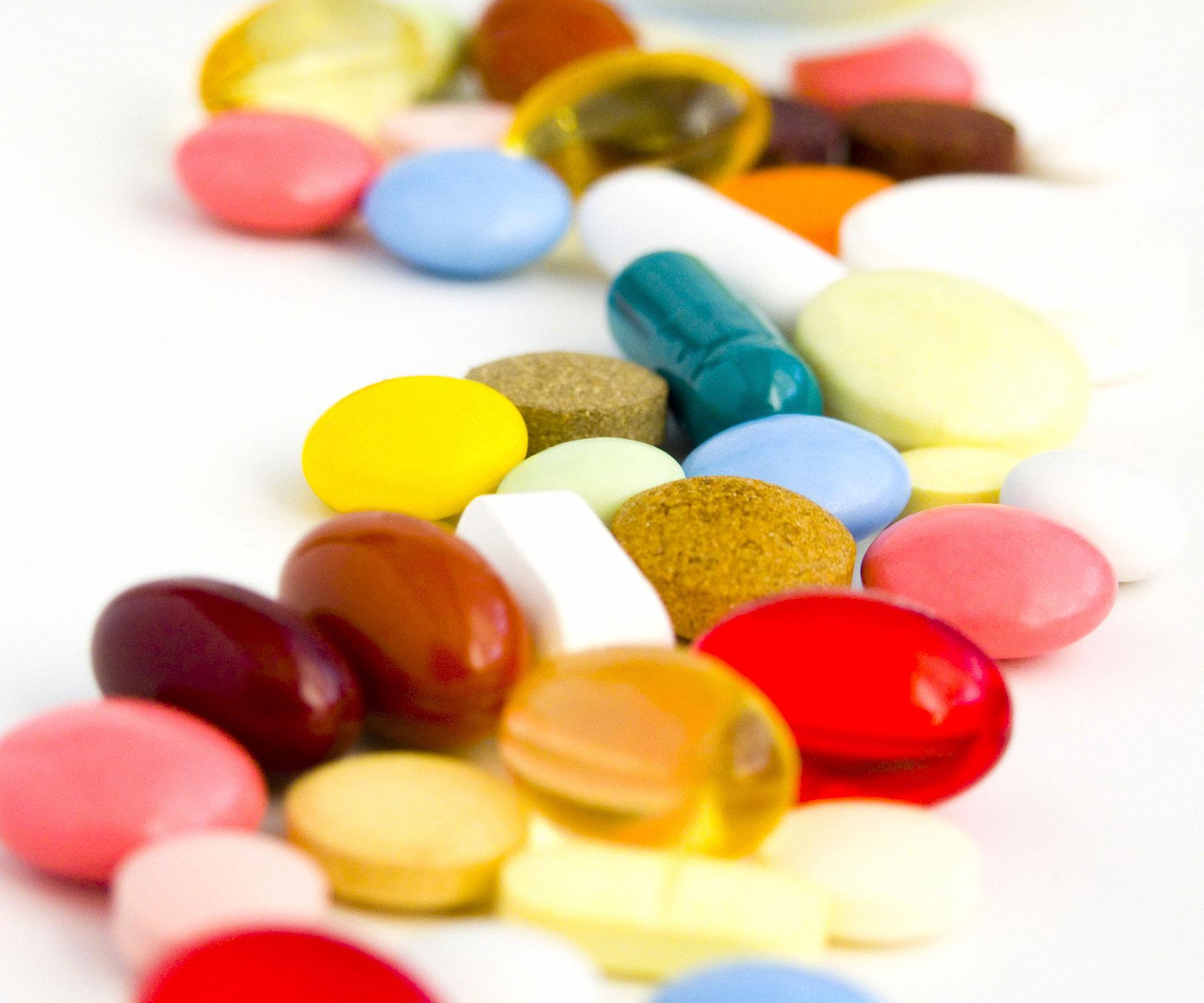You’ve just washed the soil from a bunch of carrots that you tended from seed to harvest; they’re gnarly, some are inky purple, others vibrantly orange, and you’re feeling pretty pleased with yourself.
If you love fresh food (and the nutritious payload that comes with it), there are few pleasures greater than this. But the wholesome idyll of homegrown carrots isn’t a reality for everyone, farmers’ markets only happen once a week, and modern life moves so fast sometimes, doesn’t it?
So what are the best alternatives for sourcing the vitamins needed by our body if it turns out we have a deficiency? When we discussed synthetic and natural vitamins with a scientist, a naturopath and a nutritionist, they all agreed that eating nutritious food is the best way to achieve good health – but they’ve shed some light on how vitamin supplements are made, and how to choose them if you ever need them.
Is it true that synthetics aren’t ‘bioavailable’ because our bodies do not recognise them? Are there some vitamins that we must be getting in their natural state?
“Bioavailability is a measure of how much of a substance is absorbed,” explains medical writer Cameron Wright, “not an issue of recognition by the body. If it’s an identical substance, no matter what the source, then – all other things being the same – it will be absorbed in the same amount.”
Naturopath Lynley Baker also asserts synthetics can be effective because of results she has seen through her work. “The proof is in the pudding. If patients are getting well, then that is the answer for me.”
Cliff Harvey, founder of Holistic Performance Nutrition, suggests that where possible, consuming vitamins in their “naturally sourced forms” is generally better, because the wholefood form may include other factors that improve the way the vitamin functions – these are known as synergists. However, if this isn’t possible, he suggests looking out for terms such as ‘nature-identical’ or ‘bio-identical’.
How do our bodies respond differently to synthetic vitamins compared with purified natural vitamins?
At a basic level, our bodies should respond to synthetic and natural vitamins identically. Cameron explains that vitamins are molecules: “A lot of natural molecules can be replicated, identically, through purely synthetic processes. As long as the atoms that make up the molecule are arranged in the correct shape, the molecule will behave identically, regardless of whether it were manufactured in a living cell or a series of test tubes.”
However, some can be more or less efficient than others. According to Cliff, some vitamins do perform better when consumed in their natural form because of other co-factors “such as the flavonoids present in natural foods that help vitamin C to perform its antioxidant roles”.
If budget were a factor and a person had to choose between highly nutritious food, synthetic vitamins or natural vitamins, which would you recommend?
It’s unanimous: wholefoods are the ideal vehicle for getting nourishing vitamins into the body, and a healthy diet should always be the number-one priority. “Vitamins are not food, nor can they be substituted,” says Lynley. “Vitamins are needed by the body to function properly and should be prescribed properly if and when needed.”
Unfortunately, we don’t live in a perfect world. Some soils are less nutrient dense than others; some people have more taxing lifestyles or other demands on their nutrition such as pregnancy, or simply do not have the means to eat wholefoods. In this unpredictable and swiftly moving modern world, supplements can be beneficial.
How can a consumer tell synthetic and natural supplements apart, and which are most available in New Zealand?
It is difficult for consumers to recognise the distinction between synthetic and natural supplements just by reading the label on the bottle. Lynley estimates that the majority (more than 95 per cent) of vitamin supplements in the marketplace are synthetic, and adds that it depends on how you define ‘natural’. “Fish oil is referred to as natural but it is highly processed. Many labels may say natural, but it is not a technical term,” she says.
Cliff adds, “There may well be some specific supplements that are completely natural”, such as a basic wholefood product such as spirulina. “But almost all formulated products would include some synthetic ingredients. That’s not necessarily a problem though, as synthetic vitamins (if exactly the same chemical) can be every bit as good as a ‘natural’ one.”
Synthetic supplements are often very effective at lifting someone out of a deficiency; however, they cannot replicate what a vitamin offers in the context of a balanced diet. For that, you’ll need those gnarly carrots.
How are synthetic vitamins made?
When we hear the word ‘synthetic’, it’s tempting to imagine an inferior version of some better alternative. An imitation. However, in the case of most supplements, the word synthetic refers to the process that creates the vitamin; the molecule itself is usually identical to those found in nature.
Medical writer Cameron Wright explains, “Truly synthetic vitamins would be manufactured by a series of chemical reactions that build the vitamin molecule piece by piece, with zero involvement of an organism. A truly natural vitamin would be produced by a series of chemical reactions that take place inside an organism, and then the vitamin would be purified out of the cell(s) of that organism without modification. Most natural, plant-based supplements are extracts that contain the vitamin as well as a host of components of the plant that was processed to produce them.”
Supplements with a wholefood origin are the minority in the marketplace, but products such as spirulina, or other powdered greens, would fall into this plant-based supplement category.
Words by: Rachel McKinnon
Photos: Getty Images

